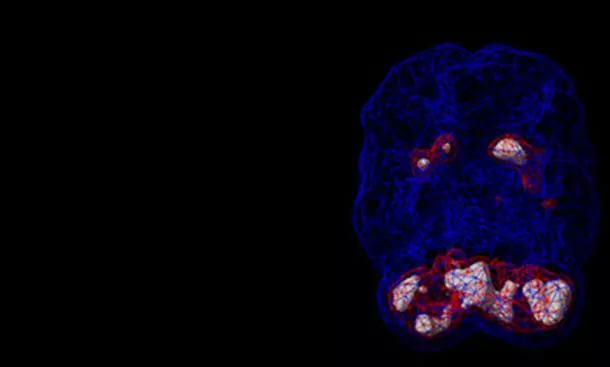
According to the National Institutes of Health (NIH), 38 million Americans suffer with anxiety and depressive disorders each year, and 78 million will be afflicted at some point in their lives. Left untreated, anxiety and depression can have serious personal, interpersonal, occupational and social consequences.We have found:
- Anxiety and depression occur together 75% of the time.
- These disorders are, in large part, the result of brain dysfunction.
- There are many forms of anxiety and depression—we’ve identified 7 different types, or patterns, within the brain.There are 5 major systems in the brain involved with how we feel (emotions), how we think (cognition) and how we act (behavior):
- Basal Ganglia: Sets the body’s idle and anxiety level.
- The Deep Limbic System: The brain’s emotional center that helps regulate how we feel.
- The Anterior Cingulate Gyrus: The brain’s gear shifter that allows us to be flexible and adapt to change.
- The Temporal Lobes: The brain’s memory manager and interpreter of experience.
- The Prefrontal Cortex: The brain’s CEO.
Abnormalities in any of these 5 systems—including combinations—can underlie the symptoms of anxiety and depression.

No Comments
No comments yet.
RSS feed for comments on this post.
Sorry, the comment form is closed at this time.